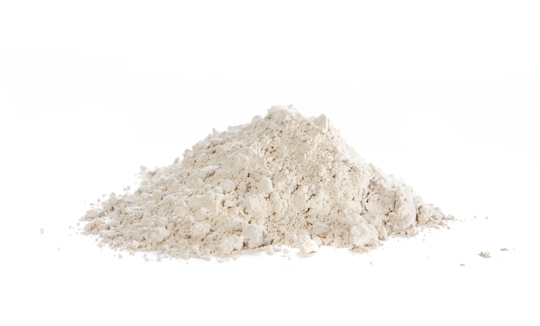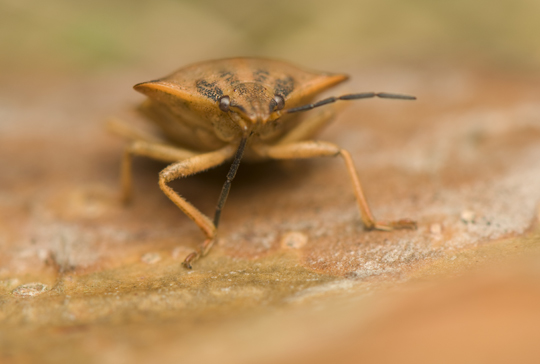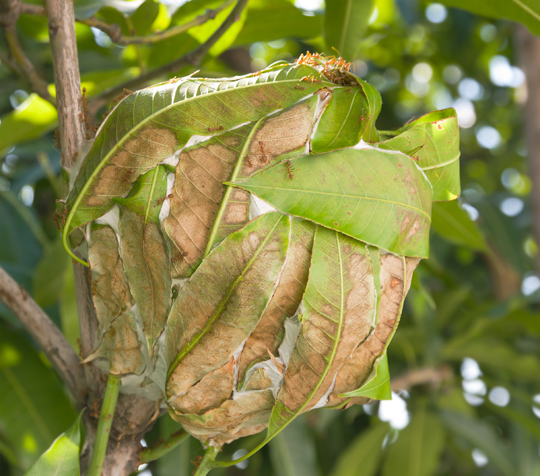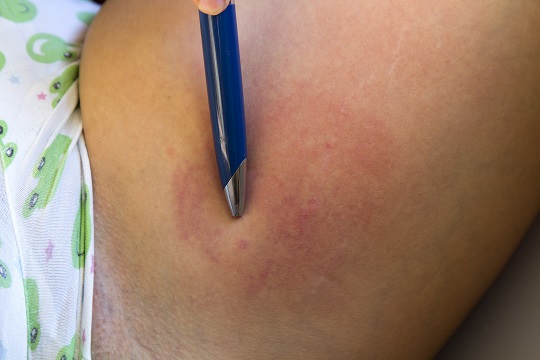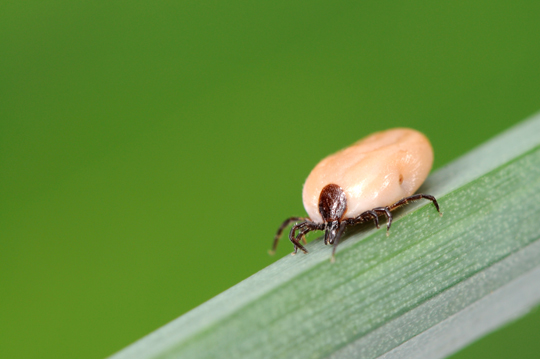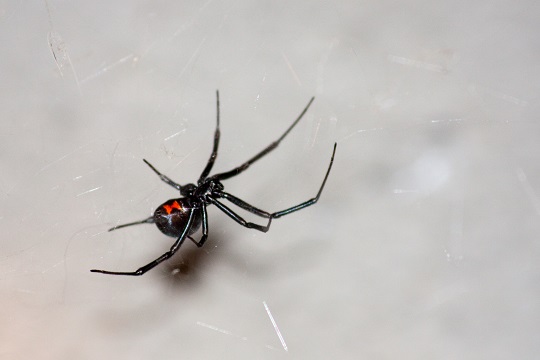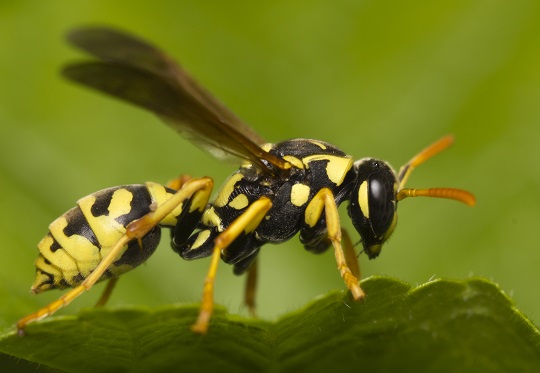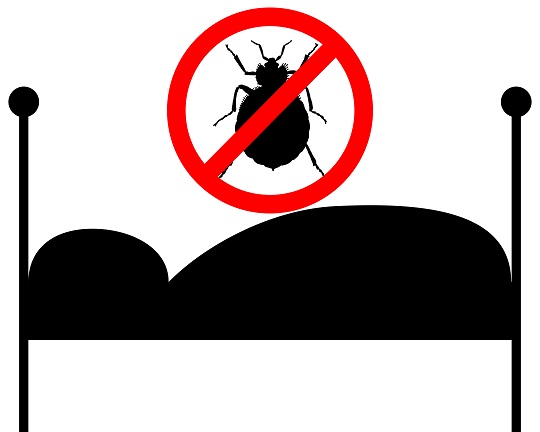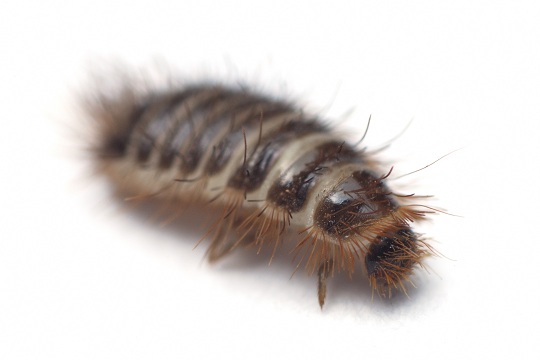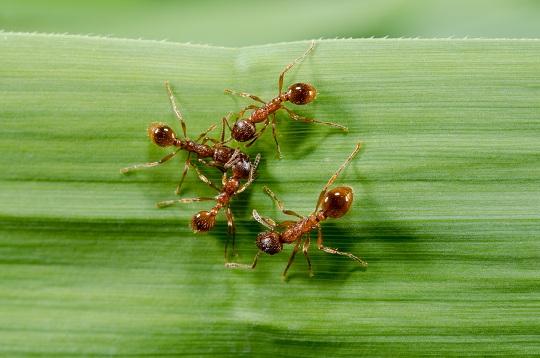You may not be familiar with diatomaceous earth, but it is a substance that is found in a lot of different items we throw away. There are also a number of diatomaceous earth hazards, which is why we should be conscious of it and make sure it does not compromise our health and well being.
What Is Diatomaceous Earth?
This is a very fine powder-like substance that is produced, hard-shelled algae which has been fossilized. This allows it to crumble into the power form. While the term might be foreign to most, this substance is actually used in a number of consumer products, including, but not limited to:
– Pest control products
– Fire resistance materials
– Absorbents
– Soil used in the hydroponic process
– Metal polish
Because diatomaceous earth is so prevalent, plenty of it makes its way into landfills, which can pose a problem. The substance contains an overwhelming amount of silica, which is a proven health hazard.
Diatomaceous Earth Hazards When Inhaled
This substance is especially dangerous when people breath it in. The powder can cause problems in the nose and throat areas. A person might instantly feel that their nose and throat have become dry and irritated. Over time, diatomaceous earth can also take its toll on men and women through the form of lung disease. In some cases, diatomaceous earth has caused lung cancer.
Why Nothing Is Done
When products contain known carcinogens, federal health agencies generally intervene to make sure they are disposed of properly. No government agency has addressed diatomaceous earth because silica is only a suspected carcinogen and not a known one. Sadly, this means that people are on their own when it comes to avoiding diatomaceous earth and the hazards that come with.
Safety Tips
If you are working around diatomaceous earth, make sure to wear a safety mask. You do not want to breath any of it in. If you already did, take deep breaths of fresh air and seek medical attention.
Using Diatomaceous Earth For Pest Control
Knowing that diatomaceous earth is in many pest control substances, you might want to rely on professionals to take care of these duties around your home. Professional exterminators have all the necessary safety equipment to get the job one.
TalkLocal can help you find local pest control expects. You will be amazed at how easy it is.

